South Korea plane crash: Role of embankment questioned
The role of a concrete wall near runway at Muan International Airport comes into question.
1735646055-0/sidra--(48)1735646055-0-640x480.webp)
The investigation into Sunday’s deadly plane crash in South Korea, which resulted in the deaths of 179 people, has intensified as authorities work to determine the cause of the accident and address growing public concerns.
The crash occurred when Jeju Air flight 7C2216, a Boeing 737-800 arriving from Bangkok, lost control during its approach to Muan International Airport. Of the 181 people on board, only two survived.
The families of the victims, including 175 passengers and four crew members, gathered at Muan International Airport, where the crash occurred, to demand more information from authorities.
Many of the relatives expressed frustration with the lack of details provided by officials and called for greater transparency in the investigation. At the airport, a memorial altar was set up, with nuns laying flowers in tribute to the victims.
The crash has raised concerns about the airport's layout, particularly a large dirt-and-concrete embankment near the runway, which some aviation experts believe contributed to the severity of the crash.
The embankment, which supports navigation equipment, is located about 250 meters from the end of the runway, far closer than is typically recommended.
Some experts suggest this structure may have exacerbated the impact, causing passengers to be thrown into nearby fields. While South Korean officials maintain that the embankment was built according to industry standards, there are increasing calls for a review of the regulations surrounding its proximity to the runway.
The government announced that it would review whether the embankment meets safety standards. Kim Hong-rak, the director-general for airport policy, stated, “We will review the relevant regulations and their application.”
The exact cause of the crash remains unclear, with early theories focusing on a potential bird strike.
However, some experts are skeptical that a bird strike alone could have been powerful enough to prevent the pilot from deploying the aircraft's landing gear, which failed to function during the crash.
Investigators are also looking into the possibility that other control systems of the aircraft were disabled. John Nance, an aviation safety expert, remarked, “I can’t think of any reason for being forced to make a landing like this.”
Jeju Air CEO Kim Yi-bae confirmed that maintenance staff had not flagged any issues with the aircraft prior to takeoff and reiterated that all safety protocols were followed.
Kim also stated that the airline would reduce its winter services by 10-15% in an effort to regain the trust of the public.
The National Police Agency has enlisted additional officials and employed rapid DNA analyzers to expedite the identification of the victims.
As of now, most of the victims have been identified, but five bodies remain unclaimed, with temporary morgues set up at the airport. Authorities reported that the bodies of four identified victims had been handed over to their families.
The investigation has also been hampered by damage to the plane's flight data recorder, which is missing key pieces of data, making it more difficult to extract useful information. The second black box, the cockpit voice recorder, is in better condition.
In the aftermath of the crash, South Korea’s newly appointed acting President Choi Sang-mok has ordered a nationwide inspection of the airline industry.
The transport ministry has pledged to inspect all 101 Boeing 737-800s operating in the country by the end of the week. President Choi, who replaced the impeached former president Han Duck-soo over the weekend, has made the identification of the remaining victims a priority and promised to support the victims' families.
He also emphasised the need for transparency in the investigation process. “Even before the final results are out, we ask that officials transparently disclose the accident investigation process and promptly inform the bereaved families,” Choi said at a disaster management meeting.
A seven-day period of national mourning has been declared, and memorials have been set up at the crash site and other locations around the country. Flags have been lowered to half-mast in honor of the victims.
Representatives from the US National Transportation Safety Board (NTSB), the Federal Aviation Administration (FAA), and aircraft manufacturer Boeing have joined the investigation team.
They are expected to meet in Muan, located 186 miles southwest of Seoul, to assist with the inquiry.
South Korean authorities are under pressure to avoid a repeat of the aftermath of the Sewol ferry disaster in 2014, where delays in identifying victims and establishing the cause of the accident led to widespread public criticism.
Many relatives of the victims in the current crash are demanding a faster and more transparent investigation process.
The investigation into the crash of Jeju Air flight 7C2216 continues as officials work to determine the cause of the tragedy and prevent similar incidents in the future.

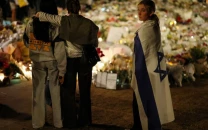
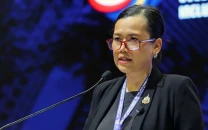
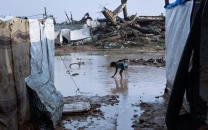
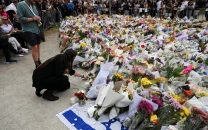




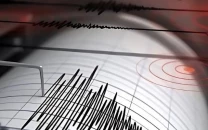
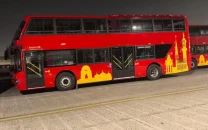








COMMENTS
Comments are moderated and generally will be posted if they are on-topic and not abusive.
For more information, please see our Comments FAQ